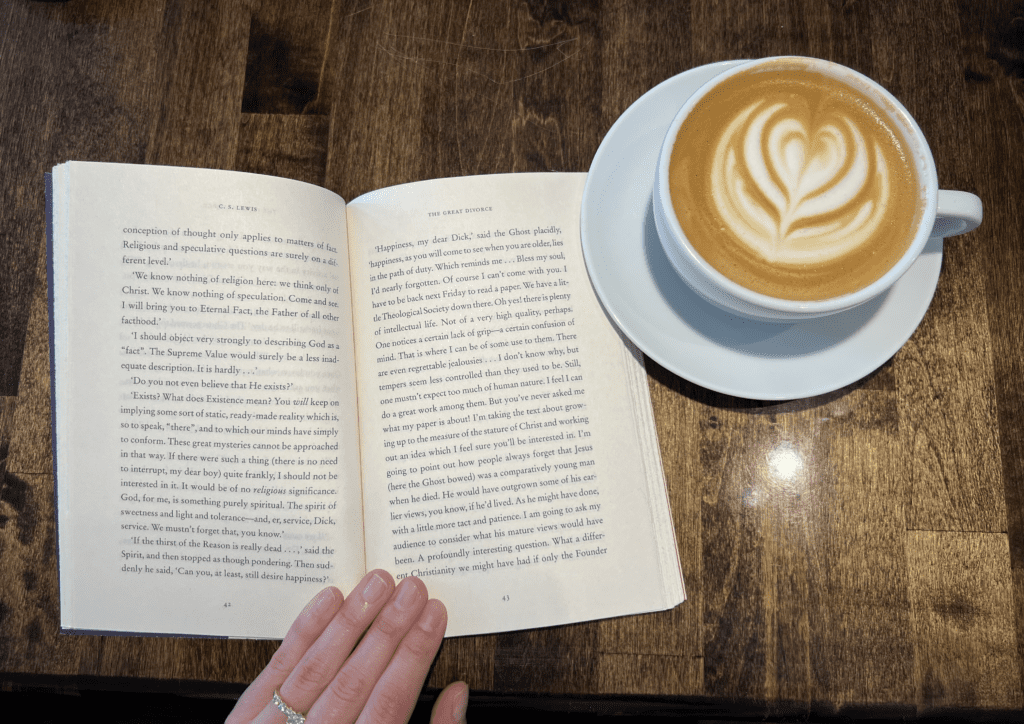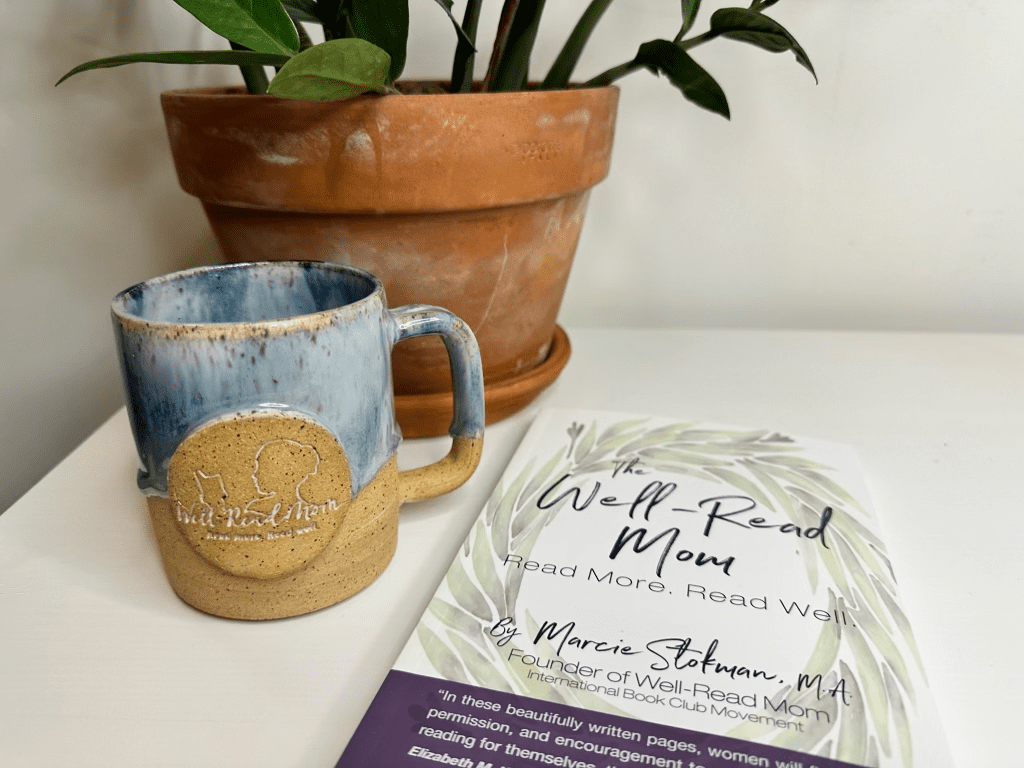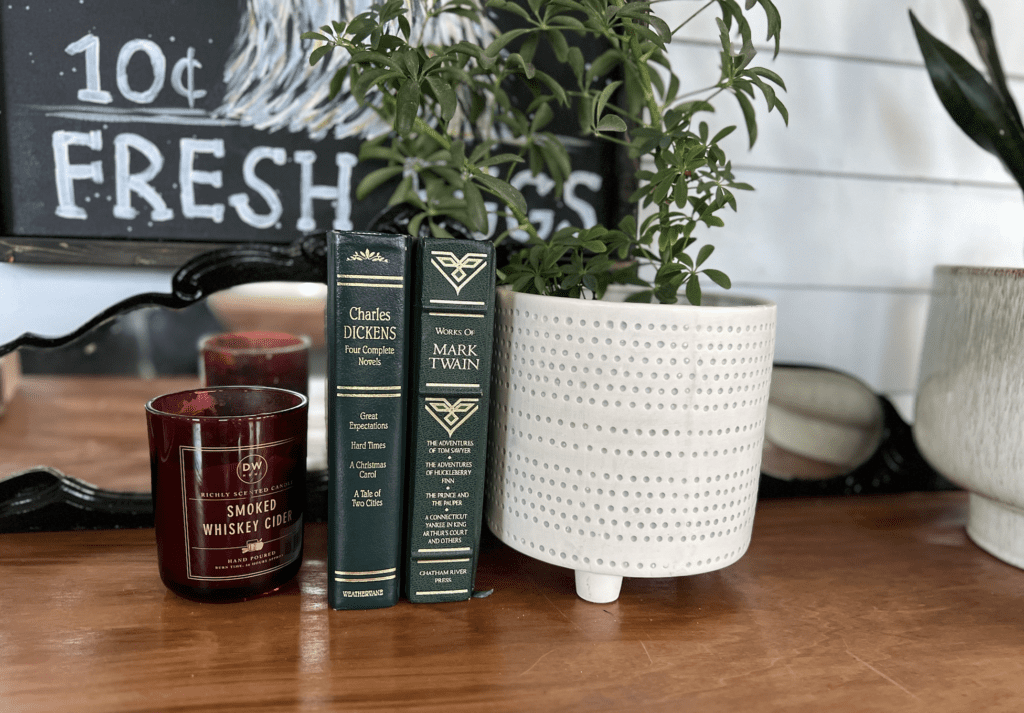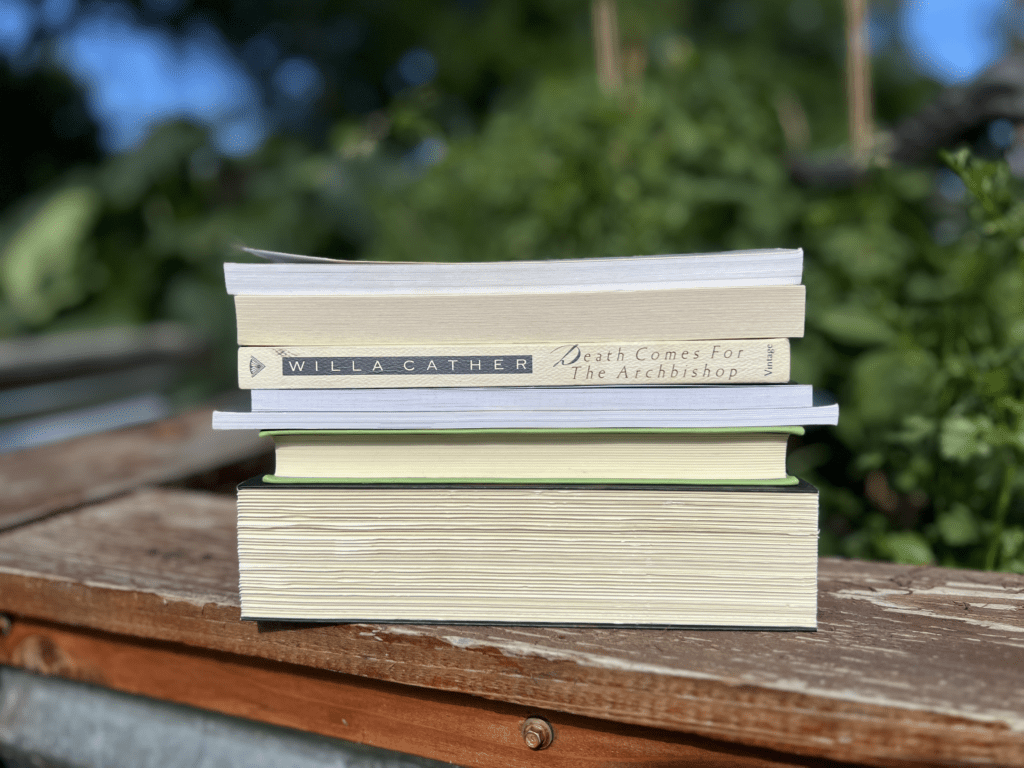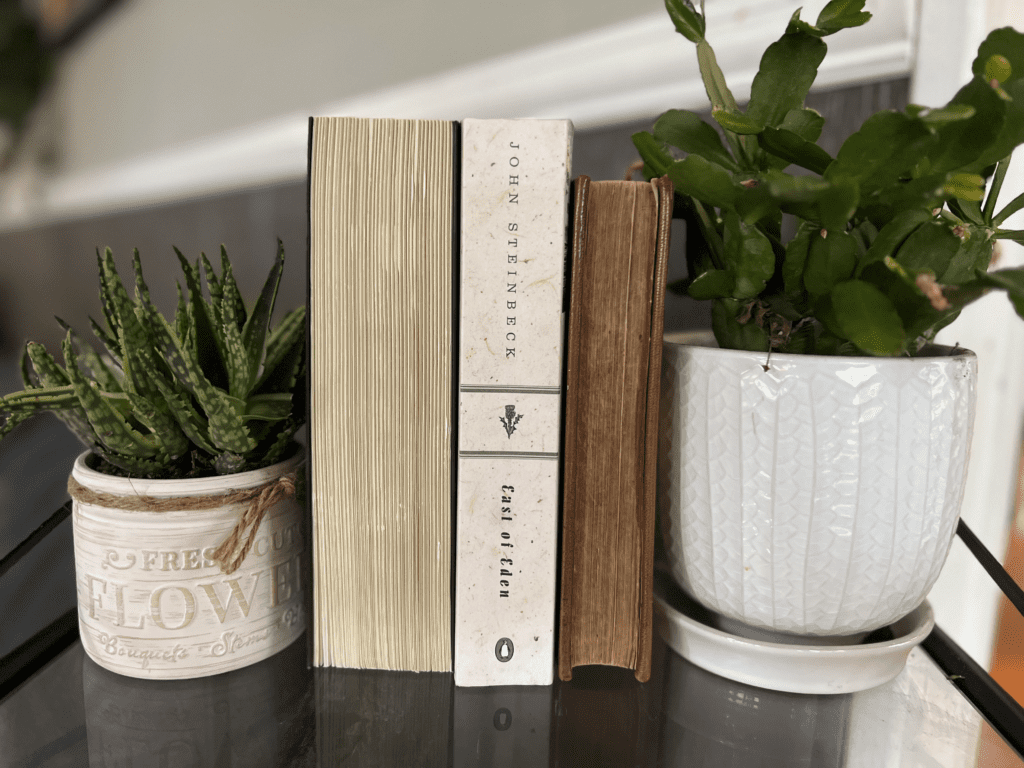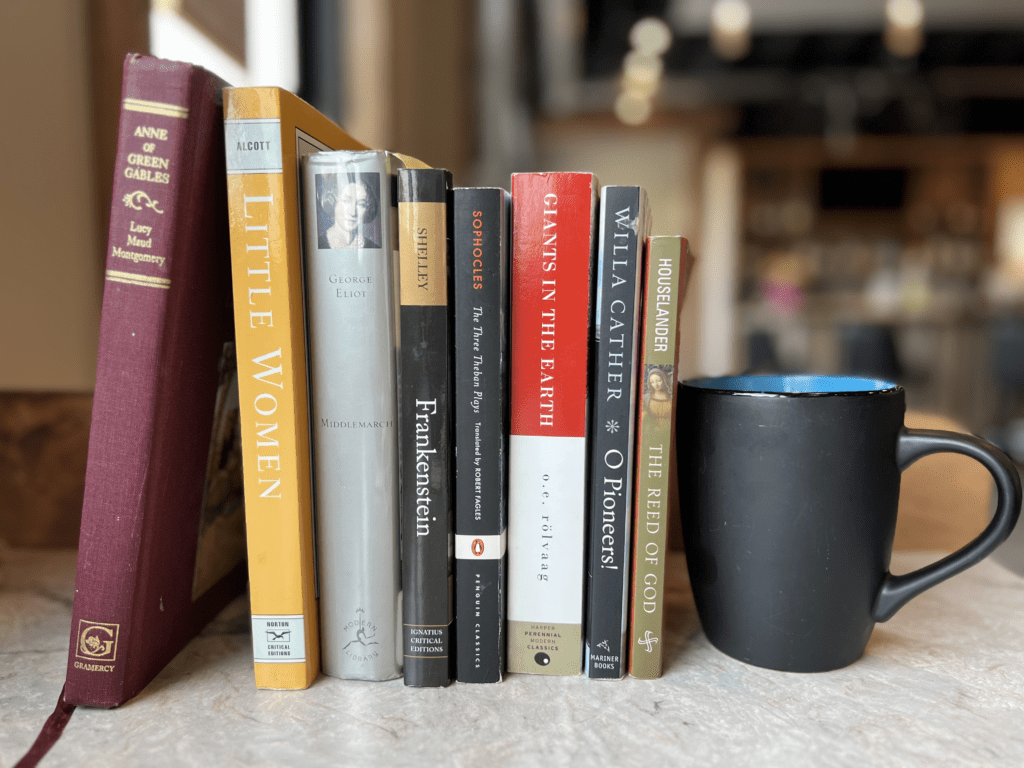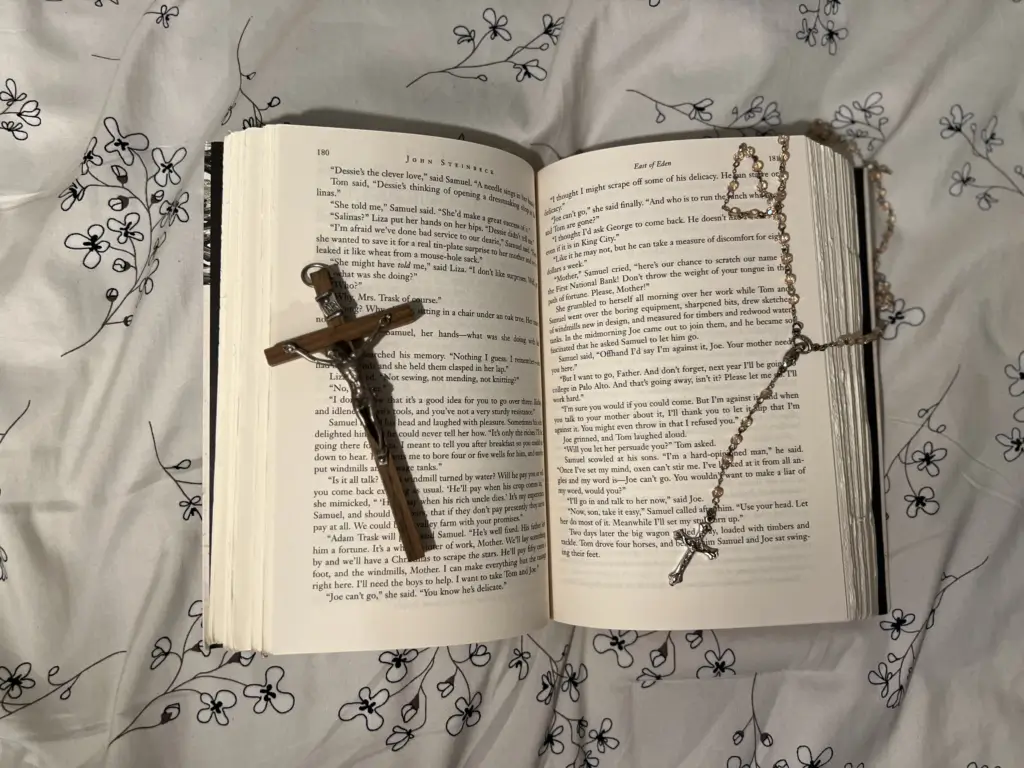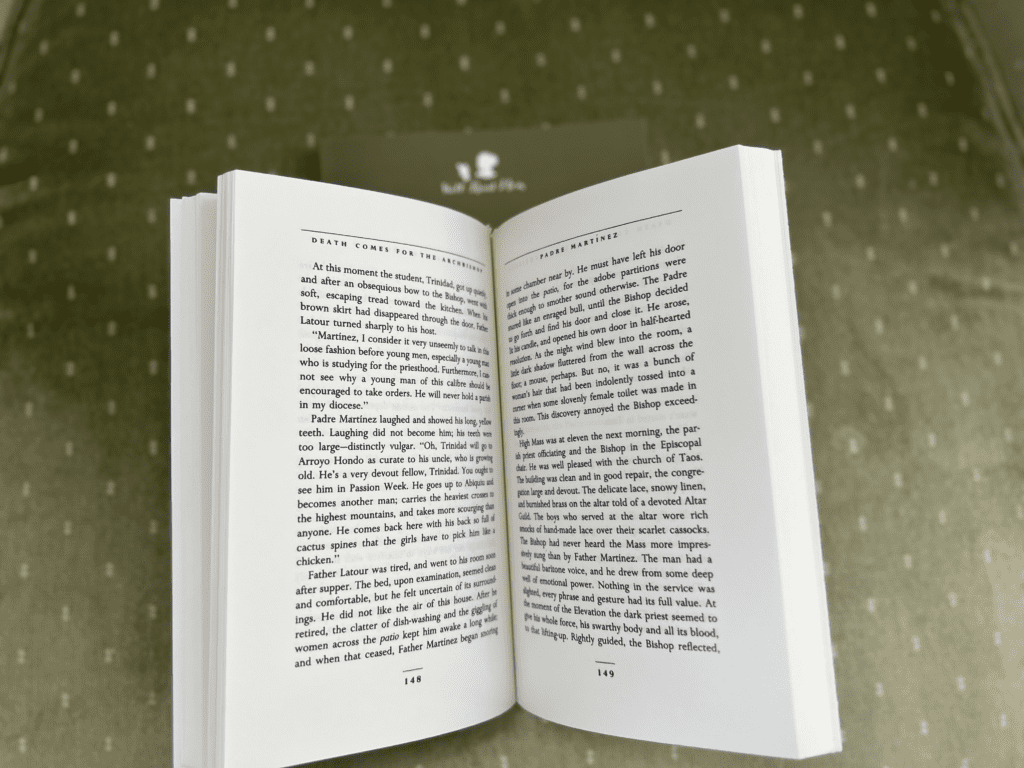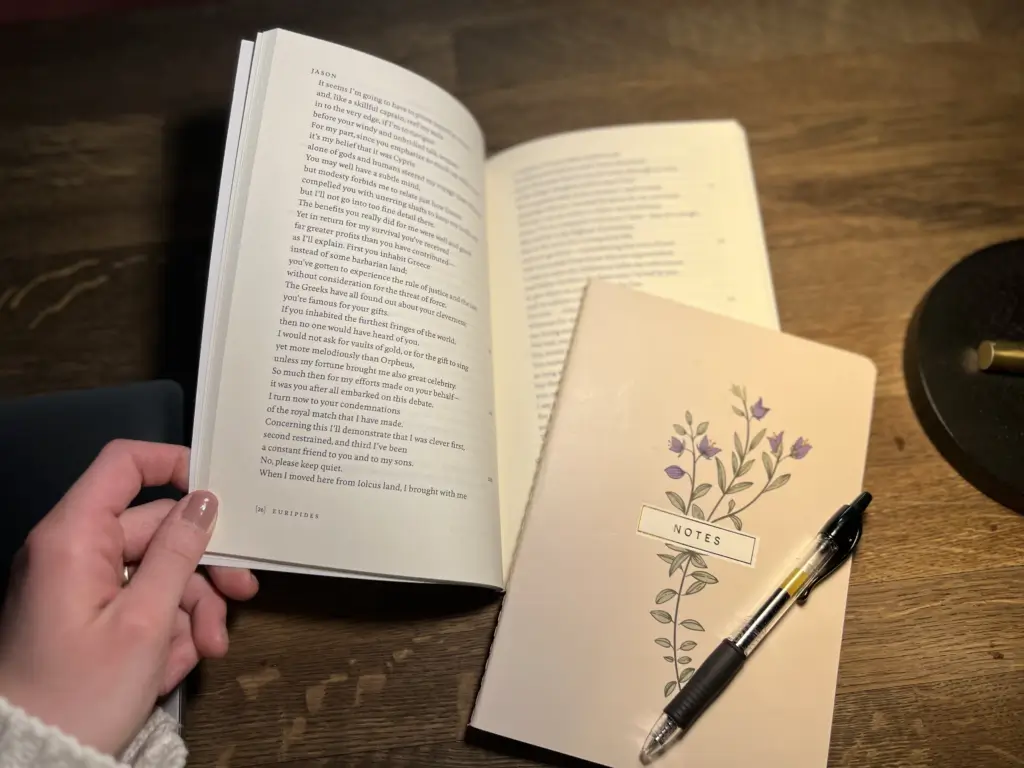Posts Tagged ‘read more’
Reclaiming the Joy of the Now: A Gift from the Sea
While I seem to garner bits of wisdom from all the literature encountered through Well-Read Mom, I must say that, of all the writings from this past Year of the Giver, Anne Morrow Lindbergh’s Gift from the Sea most profoundly stirred the desire for meaningful, practical change in my own life. Written over seventy years ago, Lindbergh’s almost prescient advice for combating the encroaching chaos of modern living.
Read MorePutting Ourselves at the Bottom of the Priority List
Many women hold a deep (perhaps subconscious) belief that self-care is selfish. They conclude that it’s okay to take care of themselves if—and only if—everyone else’s needs are met. This belief is illogical. A woman spiraling in this direction is in danger of being depleted. And a depleted soul has little to give anyone. This type of unbalanced martyrdom ends up actually hurting the people we love because we destroy our own capacity to serve them. I know this from experience.
Read MoreBasketball, Books, and Squandering Time
I was shocked to realize I’ve squandered fifty-plus hours these past weeks glued to the screen (already forgetting which team played which in the earlier rounds). Why have I given so much time to this? Here I am, leading a national reading organization, and yet, I get off track so easily. Why is it almost automatic to turn the TV on sometimes, but it requires a herculean effort to pick up a book?
Read MoreWilla Cather and the Artist of All Art
I wonder what Willa Cather would think about her biographies. A famously private person, she destroyed many drafts and personal letters before her death. While this leaves many fundamental questions about her life unanswered, her published works offer undeniable evidence of her religious sensibilities. She often weaves together her characters’ search for meaning with her own. Because the Christian tradition formed Cather’s life, her readers must interpret her writing in that context.
Read MoreEast of Eden: The Bad, the False, and the Ugly
As I snuggled up on the couch, a cup of rose tea steaming in my favorite mug within arms reach and my newborn baby asleep on my chest, I opened the newest Well-Read Mom book selection. I hadn’t had a chance to read any of the book selections during the first half of the year due to moving and welcoming our newest child, so this was a long-awaited joy. It was a new book full of new characters to meet, places to explore, and thoughts to contemplate. I was ready!
Read MoreFive things I’ve Learned in Five Years of Well-Read Mom
Five years ago, I invited myself to a Well-Read Mom group. I was pregnant with my second child, desperate for friends, and craving the intellectual stimulation of real conversation. Little did I know how intensely the friends I met and the characters I encountered would be formative.
Read MoreThe Hard yet Fruitful Components of Literature
When we read literature, we consider hard questions. What should the character have done? What would I do in his situation? Which character do I want to emulate? From what must I repent? Over and over again, Well-Read Mom offers us beautifully challenging books that force us to consider these questions.
Read MoreLaying Stones for the Cathedral: The Sacrificial Love of the Missionary and the Mother
Each time I pick up a new novel, I am struck by how difficult it can be to acclimate myself to the unaccustomed literary landscape. Familiarizing oneself with new characters, settings, and themes can be challenging. Additionally, writing styles can be jarringly different from one author to the next, and the dissimilarities can leave us feeling dizzy, confused, or disoriented. As I trudged along through the sleepy and slow-moving opening chapters of Willa Cather’s Death Comes for the Archbishop, I felt disengaged and subsequently unmotivated by this selection—so foreign to my literary sensibilities and typical longings for witty banter and intriguing plotlines. Yet, as the novel serenely unfolded, I realized that this series of quiet, almost picturesque vignettes was a disarming invitation to examine the unforeseen depth of a simple yet moving, all-encompassing surrender to the Divine Will.
Read MoreThe Will in Relation to Reading
Anne Bronte and Charlotte Mason were near contemporaries. When Mason was six years old, Tenant was published, so it isn’t surprising that the two would both be concerned with character formation in the same Victorian British way. Bronte doesn’t shy away from exploring the ideas of virtue and vice and even tells us in her preface, “I wished to tell the truth, for truth always conveys its own moral to those who are able to receive it” (5). As she warned, this statement made the book a bit heavy-handed in parts and detracted from my “immediate pleasure” in reading. Yet the characters are so beautifully drawn that they come alive on the page. Examining this book through the lens of Mason’s “Way of the Will” gives us two characters who perfectly embody each side of the line.
Read MoreBeauty Within Virtuous Relationships
There is great beauty in Willa Cather’s Death Comes for the Archbishop:
The striking landscape of the Southwest
The culture of the native peoples
The devotions of the Catholics and the relationships between the characters
This last, specifically, the relationship between Bishop Latour and his dear friend Father Vaillant, struck me as the most profound part of this boo
Read More
